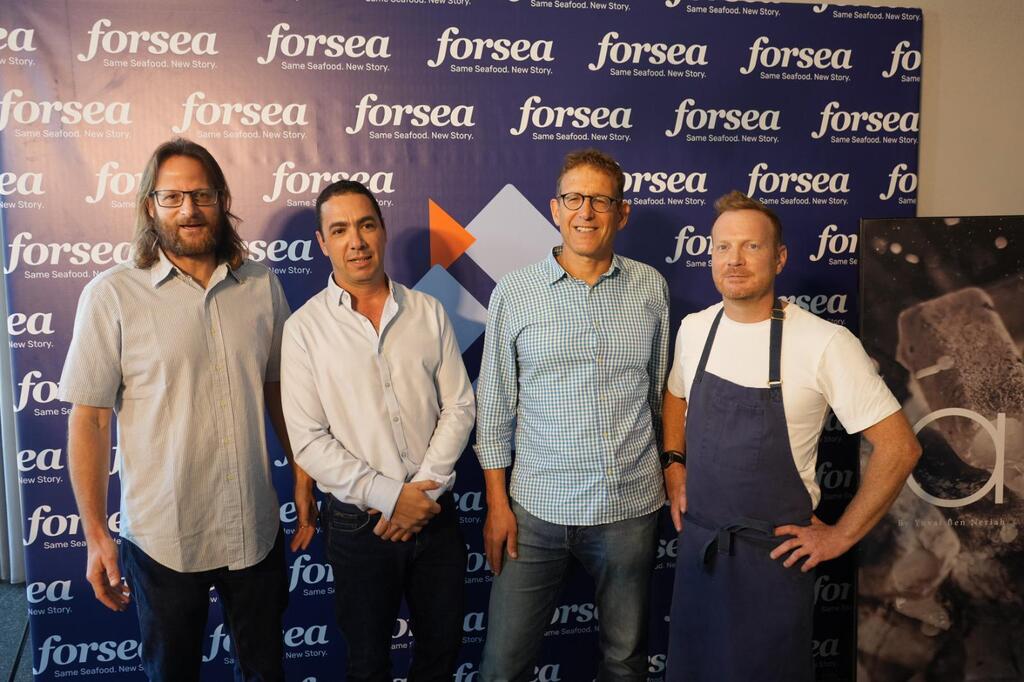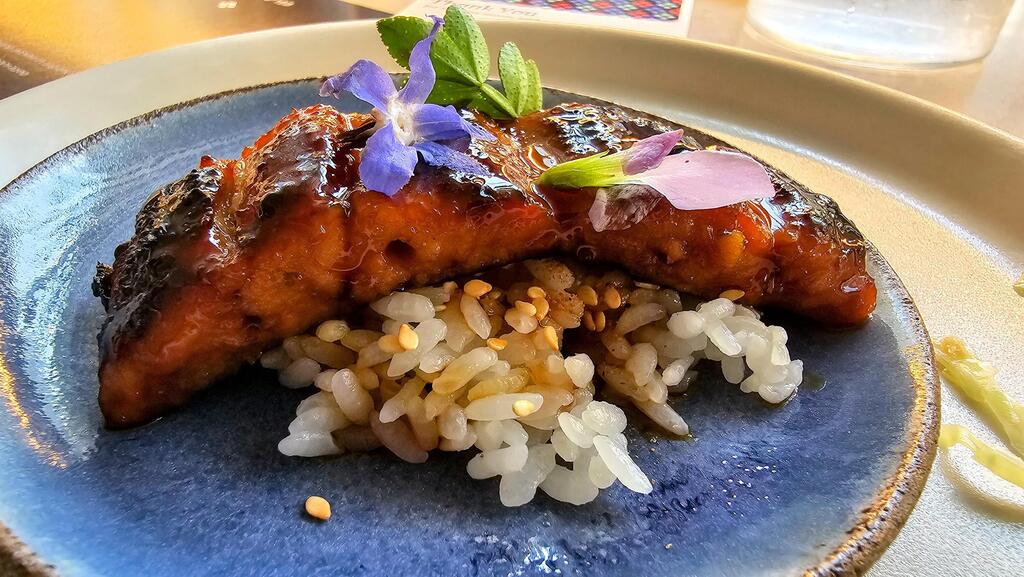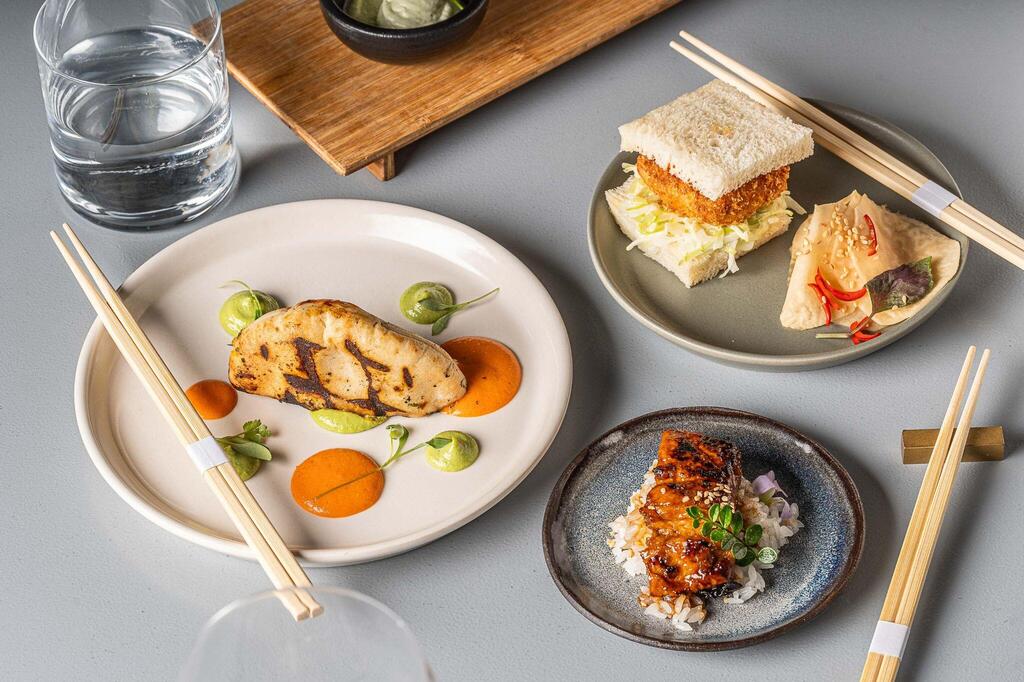Getting your Trinity Audio player ready...
Israel may not be a culinary giant like France or Japan, but as a foodtech powerhouse, it is certainly on the map. Last week, an event featured a tasting of cultivated eel meat developed by the Israeli startup Forsea, part of Strauss Group's foodtech incubator, The Kitchen.
The event took place at chef Yuval Ben Neriah's restaurant 'a', where he also serves as a culinary advisor to the foodtech incubator. Japanese Embassy representatives attended, lending their endorsement. Forsea's current goal is to supply cultivated eel to restaurants and supermarkets in Asia, where its delicate, fatty meat is considered a luxury delicacy.
Forsea's technology is unique, says CEO Roy Nir, developing cultivated fish meat based on biological fat and muscle cells, similar to how they would grow in nature. This practice, adaptable to all types of seafood and fish, reduces production processes and high costs, bringing cultivated meat closer to consumers. At the event, attendees tasted dishes featuring cultivated fish meat combined with traditional Japanese flavors.
The menu featured three dishes: Cultivated Unagi – a traditional Japanese dish with eel and rice, Cultivated Katsu – a Japanese dish similar to schnitzel made from cultivated fish meat, and Arayes – a classic Mediterranean dish typically made with pita and ground meat, adapted with cultivated fish meat for the event. The dishes were surprisingly well-received.
3 View gallery


From left to right: Forsea CEO and founder Roy Nir, VP of Business Development and Strategy at Strauss Group Elad Komisar, The Kitchen CEO Jonathan Berger, Chef Yuval Ben Neriah
(Photo: Liron Mimon)
The foodtech industry is currently facing some challenges. Despite the great promise of its developing technologies, it has yet to prove itself. One major issue is that most attempts to produce cultivated meat or animal protein have failed, either due to astronomical production costs making the process economically unfeasible or because the taste often resembles a substitute rather than replicating the original food.
However, this time, I was relatively surprised. The first dish, the Japanese-style fish schnitzel, could easily be served in any household for children and would likely have them asking for more. The taste of the cultivated fish meat truly resembled the texture of industrial fish used for fish fingers, without the "fishy" aftertaste many children dislike. The second dish, the Arayes, was more complex. The pita was excellent, but the texture of the grilled cultivated fish felt slightly gelatinous – a texture that recurred in varying degrees across all dishes – and not fully cooked.
The final dish, the most important for the company, is set to enter the Asian markets soon. Unagi is a well-known Japanese eel dish in Asian cuisine. Traditionally, local eel fillets are grilled with a sweet sauce and other Japanese spices. As someone who has tried it before, this was a commendable attempt, but the gelatinous texture was noticeable, easily distinguishable from the real thing for those familiar with the taste. However, in terms of flavor and appearance, it was fairly similar.
It remains uncertain whether the future of cultivated meat lies in the sea, but many Israeli companies are trying their luck with cultivated fish meat. While Forsea has chosen eel, other companies like Sea2Cell, developing cultivated bluefin tuna, and E-Fishient, working on a tilapia substitute, are also striving to convince the market that the future of protein lies in cultivated fish meat. The fishing industry is a significant polluter, potentially even more so than livestock. Fish populations are declining, driving up prices. For investors, this presents an opportunity to build an interesting business model that could yield future profits.



